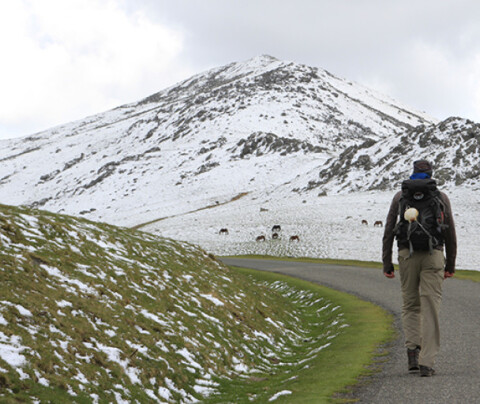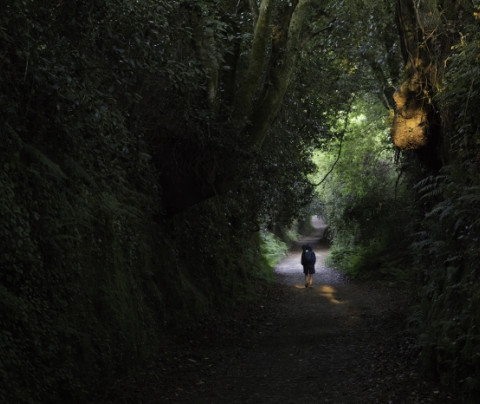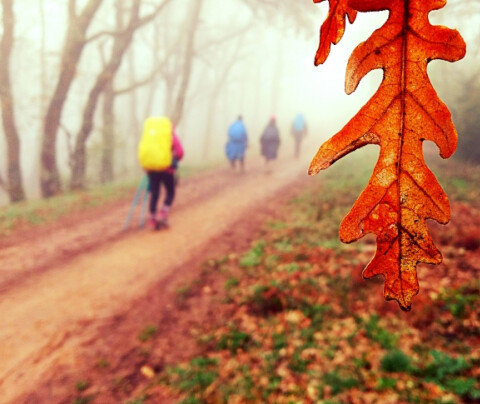Tips to do the Camino
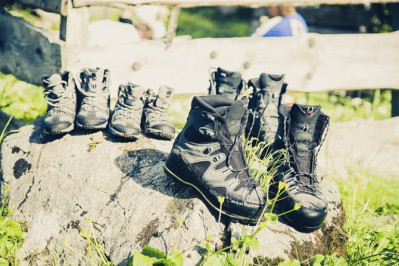
When we begin to plan and prepare our Camino, there are a lot of things that we have to take into account, like hostels where we'll stay, clothes that we should wear or the necessary equipment to complete the Camino de Santiago in the very best way.
Today we've decided to focus on this last point and review what main equipment you'll need to be able to perform this journey, avoiding as many complications as possible.
Even though we're not attempting to create a closed list of things, nor create a list of things we recommend to put in your backpack (we already did this in this article) we'd like to discuss main equipment and the features that you need to travel on the Camino without problems. Ready?
Equipment for the Camino de Santiago: backpack
The backpack is usually a problem for first-timers: for fear of it being too short or simply not understanding how to correctly define the measurements, they end up buying a pack that is too big, which becomes a real-life Calvary on long pilgrimage routes.
If after reading you´ve looked at your backpack and thought to yourself: "yup, now that you mention it, mine is huge...", don't worry, for those situations we offer our #BackpackPak, which will take a load off your mind… literally ;)
Now, back to the backpack. There are certain features that are recommended for a more pleasant Camino, namely:
- It doesn't matter how tempting the offer is, never buy a backpack on the Internet if you haven't tried it and felt comfortable with it.
- 30-35 litres is the most accepted measurement for your Camino de Santiago backpack.
- Avoid a load that exceeds 10% of your body weight.
- Make sure that you have a belt and lumbar support. These parts of the backpack are fundamental to transfer the weight of the backpack to the legs and not the back.
- Regardless of the previous point, also make sure that the straps of the backpack for the Camino are padded. While it's true that you won't be carrying an excessive amount of weight, and that most of it is going to your hips and your legs, if the straps are not padded, soon or later you're going to feel the strain on your shoulders more and more.
- Contrary to what people may think, women should carry backpacks different to those of men on the Camino de Santiago, since their anatomy has differences that fundamentally affect backpack performance. There are brands with models designed for women that allow them to wear belts higher than men (fundamental for more pronounced hips and for better load distribution) and that have developed straps for specific to the female body, adapting to its morphology, avoiding discomfort in the chest area.
- Make sure that the backpack has a waterproof cover. The weather in the north of the peninsula includes rain (quite a bit) more than once throughout your journey, and you don't want to arrive at your hostel to change with all of your clothing soaking wet.
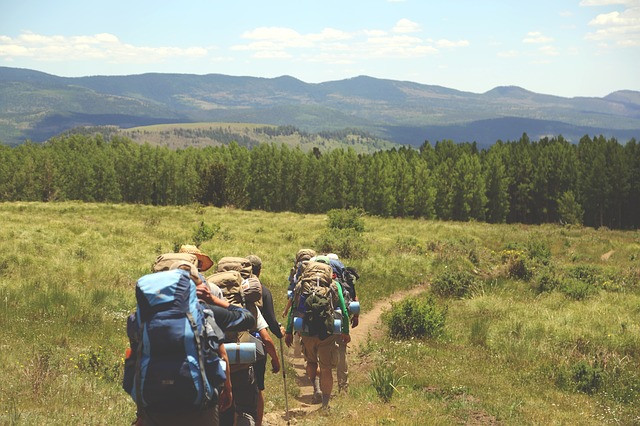
Equipment for the Camino de Santiago: footwear
With an innumerable amount of options on the market, the decision of what footwear to choose for the Camino de Santiago may be much less simple than previously thought. It is true that the ground changes between one Camino and another, with different needs, but here we're going to give you general recommendations that you can adapt to the Camino you've chosen.
- The general rule says that, whatever type of footwear, size up. This is based on the fact that the long walks will make your feet swell, therefore they will need more space than usual.
- Now, be careful, because if you're walking and you feel that your footwear is too loose, this can cause friction that can become more and more painful with each step (Vaseline is a great in these types of situations ;D)
- Mid-length boots are probably the best option, especially to protect your ankle from possible sprains. It's true that it's not high mountain trekking and that walking on moderately stable paths will not require too much from this part of your body, but if we consider that simply walking on a rock could injure you, it's worth taking all possible precautions.
- As for footwear material, there's only one word: Goretex. This membrane allows sweat to escape and the moisture to form inside of the footwear, but it does not allow water to enter from the outside. It's just great.
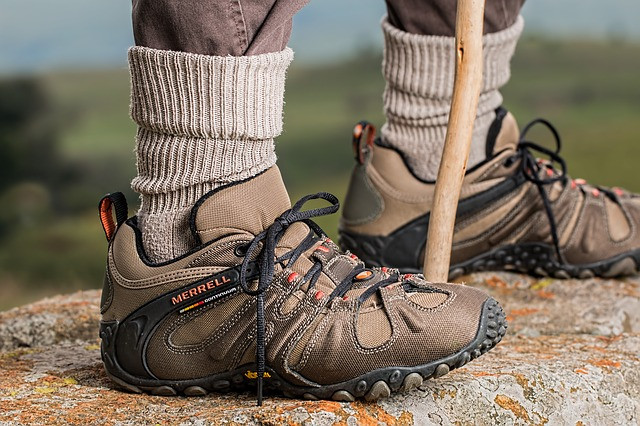
Equipment for the Camino de Santiago: staff
Here is where the romanticism clashes with pragmatism, since new technologies have been occupying the space of something as beautiful and romantic as the staff. Everyone chooses what suits him or her the best, but our role in this article is to help you to choose the best equipment for the Camino de Santiago, and it is necessary, in this case, to move away from tradition.
Despite the fact that the staff is considerably larger than a trekking stick, which allows for less curved back posture, the reality is that it also has several disadvantages compared to its more technological alterative, which ends up making it a less useful option for those seeking the best equipment for the Camino de Santiago: they weigh more, which affects the shoulders and upper chest area, are not telescopic, which makes it difficult to transfer when not in use, lacks traction that a trekking stick has, and does not possess the ergonomics of the stick. From there, as we've mentioned, each person will have to decide if they want to use something more pragmatic or more romantic, but at least you'll know the features of each one.
Equipment for the Camino de Santiago: sleeping bag
Unless you're thinking about stopping in hotels, carrying a sleeping bag is an essential part of your equipment for the Camino de Santiago. There are many options and you have to take into account several factors at the time of purchase. Here are the most basic:
- The measurement that is used for degrees of comfort is none other than the minimum amount of degrees you need to keep from getting cold. Other than the fact that each Camino has a different temperature, we can establish that if you're going to travel in the summer, a bag with 15 degrees of comfort should suffice, while in the winter 5 degrees of comfort works.
- Look for the most light and compact. As in everything you're going to take on the Camino, weight is fundamental.
- The filler can be bird feather (more expensive but with better performance), synthetic or fibre. As long as it prevents the cold, the filler will depend on your budget and what you want to invest in your sleeping bag.
- You must also choose the size, which logically must adapt to your height. We recommend that you fight the impulse to choose the biggest bag to be able to sleep with lots of room: the extra size means extra weight.
We hope that this article has helped to guide you a little bit better in choosing the best equipment for the Camino de Santiago. Let us know, what would you add or remove? Do you have any recommendations?
Your email address will not be published.
Mandatory fields are marked with *




